Ralph Remsburg0849300827, 9780849300820
Table of contents :
THERMAL DESIGN of ELECTRONIC EQUIPMENT……Page 2
Preface……Page 6
Author……Page 7
SYMBOL DEFINITION……Page 8
GREEK LETTERS……Page 11
DIMENSIONLESS NUMBERS……Page 12
UNIT CONVERSION FACTORS……Page 14
Contents……Page 16
Contents……Page 0
1.1.1 CONVECTION……Page 22
1.1.2 CONDUCTION……Page 23
1.1.3 RADIATION……Page 24
1.1.4 PRACTICAL THERMAL RESISTANCES……Page 25
1.2.1 THEORETICAL POWER DISSIPATION……Page 27
1.2.2.2 Junction FET……Page 28
1.2.2.3 Power MOSFET……Page 29
1.2.3.1 Interconnects……Page 30
1.2.3.3 Capacitors……Page 32
1.2.3.4 Inductors and Transformers……Page 33
1.3 THERMAL ENGINEERING SOFTWARE FOR PERSONAL COMPUTERS……Page 34
1.3.1 COMMERCIAL CFD CODES……Page 36
REFERENCES……Page 37
2.1 CONDUCTION IN ELECTRONIC EQUIPMENT: INTRODUCTION……Page 40
2.2.1 THERMAL RESISTANCES……Page 41
2.3.1 CONDUCTION IN SIMPLE GEOMETRIES……Page 42
2.3.1.1 Conduction through a Plane Wall……Page 43
2.3.1.2 Conduction through Cylinders and Spheres……Page 48
2.3.1.3 Plane Wall with Heat Generation……Page 51
2.3.1.4 Cylinders and Spheres with Heat Generation……Page 52
2.3.1.5 Critical Radius of a Cylinder……Page 57
2.3.2 CONDUCTION IN COMPLEX GEOMETRIES……Page 63
2.3.2.1 Multidimensional Analytic Method……Page 68
2.3.2.2 Multidimensional Graphical Method……Page 70
2.3.2.3 Multidimensional Shape Factor Method……Page 71
2.3.2.4 Finite Difference Method……Page 74
2.3.2.5 Resistance-Capacitance Networks……Page 76
2.4 CONDUCTION—TRANSIENT……Page 78
2.4.1 LUMPED CAPACITANCE METHOD……Page 81
2.4.2 APPLICATION OF THE LUMPED CAPACITANCE METHOD……Page 84
2.5 CONDUCTION IN EXTENDED SURFACES……Page 85
2.5.1 FIN EFFICIENCY……Page 86
2.5.2 FIN OPTIMIZATION……Page 90
2.5.3 FIN SURFACE EFFICIENCY……Page 93
2.6.1 SIMPLIFIED CONTACT RESISTANCE MODEL……Page 94
2.6.2 GEOMETRY OF CONTACTING SURFACES……Page 95
2.6.3 CONTACT RESISTANCE IN A TYPICAL APPLICATION……Page 96
2.7 DISCRETE HEAT SOURCES AND THERMAL SPREADING……Page 98
REFERENCES……Page 103
3.2.1 COMPRESSIBILITY……Page 106
3.2.2 VISCOSITY……Page 107
3.2.3 SURFACE TENSION……Page 109
3.3.1 RELATIONSHIP OF PRESSURE, DENSITY, AND HEIGHT……Page 110
3.4.1 STREAMLINES AND FLOWFIELDS……Page 112
3.4.2 ONE-, TWO-, AND THREE-DIMENSIONAL FLOWFIELDS……Page 113
3.5 INCOMPRESSIBLE IDEAL FLUID FLOW……Page 114
3.5.1.1 One-Dimensional Euler Equation……Page 115
3.5.1.3 Application of the One-Dimensional Equations……Page 116
3.5.2.1 Application of the Two-Dimensional Equations……Page 117
3.6.1 LAMINAR FLOW……Page 120
3.6.2 TURBULENCE AND THE REYNOLDS NUMBER……Page 125
3.6.3 BOUNDARY LAYER THEORY……Page 136
3.6.4 TURBULENT FLOW……Page 141
3.7.1 EXPANSIONS……Page 143
3.7.2 CONTRACTIONS……Page 145
3.7.3 TUBE BENDS……Page 155
3.7.4 MANIFOLDS……Page 158
3.7.5 SCREENS, GRILLS, AND PERFORATED PLATES……Page 163
3.7.6 ROUGH SURFACE CONDUITS……Page 165
3.8 JETS……Page 171
3.9 FANS AND PUMPS……Page 194
3.9.1 FANS……Page 196
3.9.2 PUMPS……Page 200
3.10 ELECTRONIC CHASSIS FLOW……Page 201
REFERENCES……Page 203
4.2 FLUID PROPERTIES……Page 210
4.2.1 PROPERTIES OF AIR……Page 211
4.3 BOUNDARY LAYER THEORY……Page 212
4.4 DIMENSIONLESS GROUPS……Page 215
4.5 FORCED CONVECTION……Page 223
4.5.1 FORCED CONVECTION LAMINAR FLOW……Page 228
4.5.1.1 Forced Convection Laminar Flow in Tubes……Page 229
4.5.2 FORCED CONVECTION TURBULENT FLOW……Page 230
4.5.2.1 Forced Convection Turbulent Flow in Tubes……Page 231
4.5.2.2 Forced Convection Flow through Noncircular Tube Geometries……Page 233
4.5.2.3 Forced Convection Flow through Tubes with Internal Fins……Page 234
4.6 NATURAL CONVECTION……Page 237
5.1.1 THE ELECTROMAGNETIC SPECTRUM……Page 238
5.2 RADIATION EQUATIONS……Page 239
5.2.1 STEFAN-BOLTZMANN LAW……Page 241
5.3 SURFACE CHARACTERISTICS……Page 242
5.3.1 EMITTANCE……Page 244
5.3.1.2 EMITTANCE FROM EXTENDED SURFACES……Page 247
5.3.2 ABSORPTANCE……Page 251
5.3.3 REFLECTANCE……Page 252
5.4 VIEW FACTORS……Page 253
5.4.1 CALCULATION OF ESTIMATED DIFFUSE VIEW FACTORS……Page 255
5.5.1 SOLAR RADIATION……Page 262
5.5.2 ATMOSPHERIC RADIATION……Page 263
REFERENCES……Page 264
6.1 INTRODUCTION……Page 266
6.1.1 DEFINTIONS OF PHASE CHANGE PARIMETERS……Page 267
6.2 DIMENSIONLESS PARAMETERS IN BOILING AND CONDENSATION……Page 268
6.3 MODES OF BOILING LIQUIDS……Page 269
6.3.1 BUBBLE PHENOMENON……Page 270
6.3.2 POOL BOILING……Page 274
6.3.2.1 Pool Boiling Curve……Page 275
6.3.2.2 Pool Boiling Correlations……Page 277
6.3.2.3 Pool Boiling Critical Heat Flux Correlations……Page 279
6.3.2.5 Pool Boiling Vapor Film Correlations……Page 283
6.3.3 FLOW BOILING……Page 284
6.3.3.1 External Forced Convection Boiling……Page 285
6.3.3.2 Internal Forced Convection Boiling……Page 286
6.4 EVAPORATION……Page 288
6.5 CONDENSATION……Page 293
6.6 MELTING AND FREEZING……Page 297
REFERENCES……Page 298
7.2 CONDUCTION IN SERIES AND IN PARALLEL……Page 302
7.3 CONDUCTION AND CONVECTION IN SERIES……Page 305
7.5 OVERALL HEAT TRANSFER COEFFICIENT……Page 307
APPENDIX……Page 310
TABLE A1……Page 311
TABLE A2……Page 312
TABLE A3……Page 313
TABLE A4……Page 314
TABLE A5……Page 315
TABLE A7……Page 316
TABLE A9……Page 317
TABLE A10……Page 318
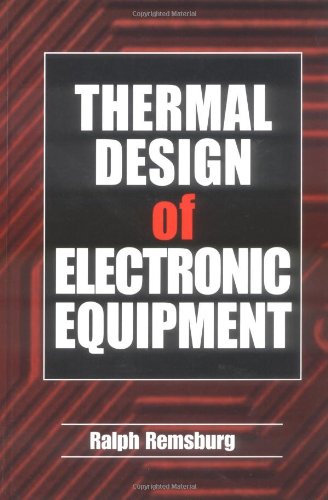
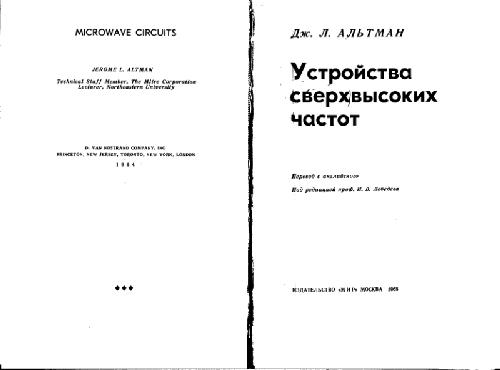
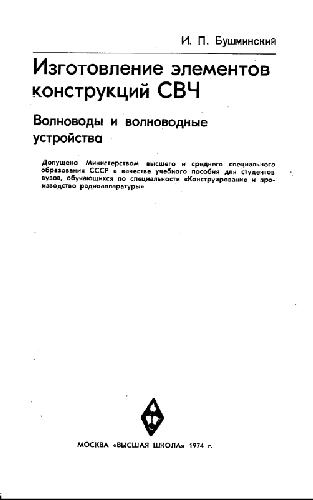
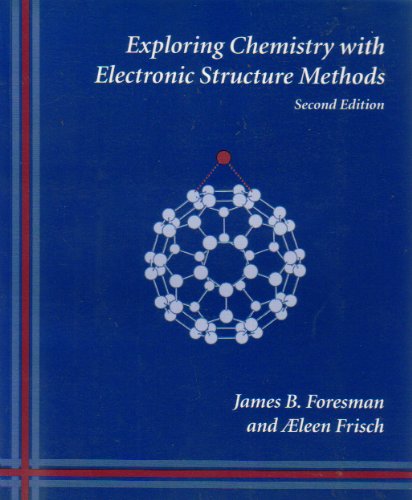
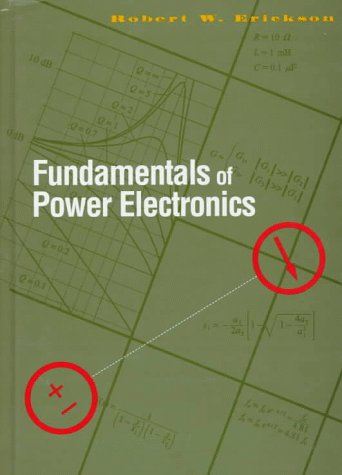

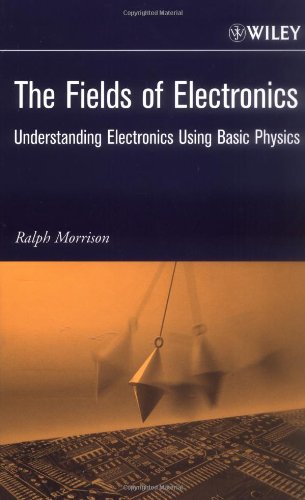
Reviews
There are no reviews yet.